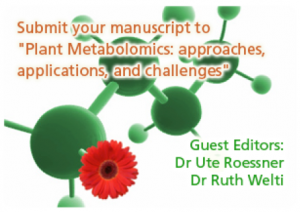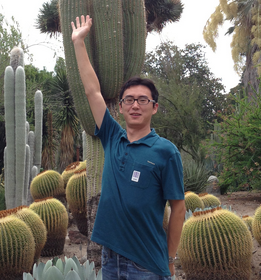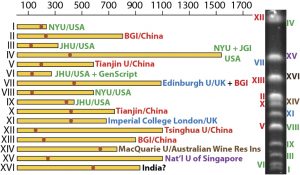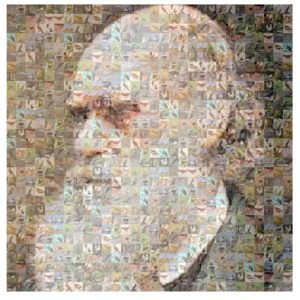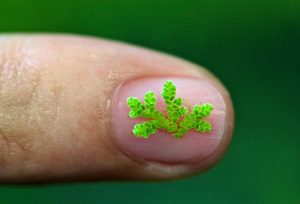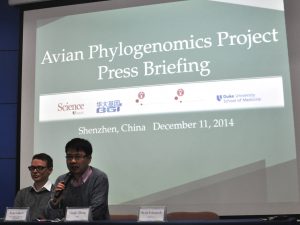
**Bird Genomes Rule the Roost **Yesterday marked the announcement by Guojie Zhang (pictured) in Nature of the launch of the Bird 10,000 genomes (B10K) project (see: http://b10k.genomics.cn/), an initiative to generate representative draft genome sequences from all bird species within the next five years. This ambitious project is the first attempt to sequence the genomes of all living species of a vertebrate class.


